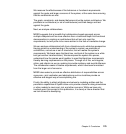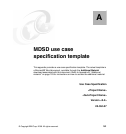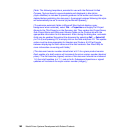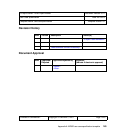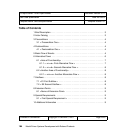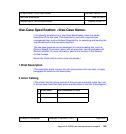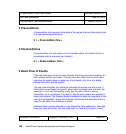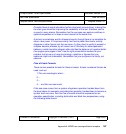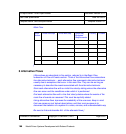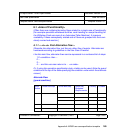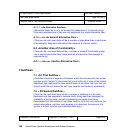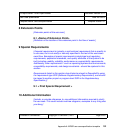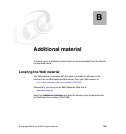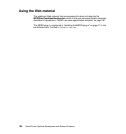
Appendix A. MDSD use case specification template 187
Complex flows of events should be further structured into sub-flows. In doing this,
the main goal should be improving the readability of the text. Subflows can be
re-used in many places. Remember that the use case can perform subflows in
optional sequences or in loops or even several at the same time.
A picture is sometimes worth a thousand words, though there is no substitute for
clean, clear prose. If it improves clarity, feel free to paste flow charts, activity
diagrams or other figures into the use case. If a flow chart is useful to present a
complex decision process, by all means use it! Similarly for state-dependent
behavior, a state-transition diagram often clarifies the behavior of a system better
than pages upon pages of text. Use the right presentation medium for your
problem, but be wary of using terminology, notations or figures that your
audience might not understand. Remember that your purpose is to clarify, not
obscure.
Flow of Event Formats
There are two possible formats for flows of events. A basic numbered list can be
used, such as:
1.The use case begins when…
2.…
3.…
4.… and the use case ends.
If the use case comes from a system-of-systems operation handed down from
the level above, for example, and enterprise operation handed down to become a
system level use case, then the flow of events should be expressed as an
operation specification, including both white and black box perspectives, using
the following table format:
<Project Name> <Sub-Project Name> Document Version <0.1>
Use Case Specification Date: 20-Oct-07
Template Name: UseCaseSpecification Template Version: 0.1
<indicate if Confidential> copyright <COMPANY>, 2007 Page 5 of 9



